Intense and individual Mahler from Payare, Montreal Symphony
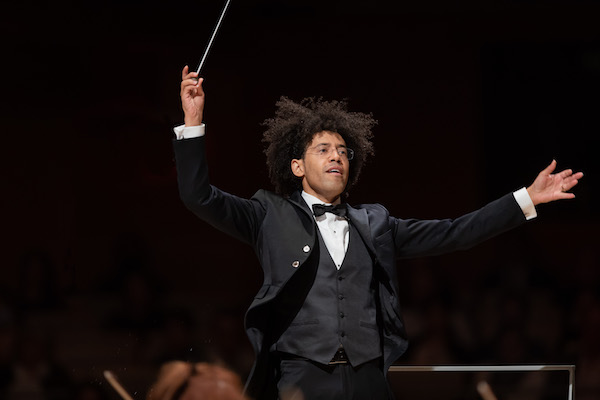
Rafael Payare conducted the Montreal Symphony Orchestra Monday night at the Kennedy Center. Photo: Antoine Saito
The Orchestre symphonique de Montréal has returned to touring. Washington Performing Arts, which last presented this distinguished Canadian ensemble in 2016, brought them back to the Kennedy Center Concert Hall Monday night. At the podium was the orchestra’s new music director, Rafael Payare, who succeeded Kent Nagano in that position last year. The program, a high-octane combination, exhausted the ear, as did Payare’s energetic approach.
The Venezuelan-born conductor got his start, like Gustavo Dudamel, in the El Sistema program, and he has also served as music director of the San Diego Symphony since 2019. He set a tone of tension by opening with Precipice, a new work by Canadian composer Dorothy Chang, which the OSM premiered last year. Initially inspired by the looming disaster of the worldwide climate crisis, Chang has also connected the piece to the general angst of modern life in recent years.
Repeated notes in the far treble reaches of the piano joined with harp and violin tremolos to create a background of nervous agitation. Bending flute lines grew through the orchestra, culminating in a calamitous chord. After a brief pause, lush strings played slow-moving chords, but the tension never eased during the piece’s nine minutes. Raspy strings buzzed, and anguished brass warned ominously, without any sense of resolution.
The piece ultimately devolved into pitchless sounds, bows rapped on strings and clicks of percussion. Over a looming pedal note near the conclusion, hopeful solos sounded in the viola and violin, but nothing further built upon them. If it all sounds a little unpleasant, it was, and by intention.
Certainly no comfort came in the middle work of the evening, Bartók’s Piano Concerto No. 2. Tzimon Barto was the last pianist locally to attempt this work’s almost heartless demands on the soloist, as part of the National Symphony Orchestra’s 2013 tour. Pianist Yefim Bronfman, who recorded the three Bartók concertos a quarter-century ago, seemed to have lost none of his ferocious technique in this astounding rendition, having now reached his mid-60s.

Yefim Bronfman performed Bartok’s Piano Concerto No. 2 Monday night. Photo: Dario Acosta
Bronfman infused boundless energy into the first movement’s pile of parallel chords and whirring notes. Payare did his best to coordinate the crowing accompaniment of woodwinds and brass, often seemingly at rhythmic odds with the solo part. (Bartók wrote nothing for the strings until the second movement, which creates an unsettling texture.) A heraldic brass climax signaled the arrival of the cadenza, a wild rumpus of sound followed by more dizzying scalar runs.
The strings play much of the second movement alone, and the use of mutes and eschewing of vibrato gave this music’s quintal harmony an otherworldly gloss. The strings remain the pride of this orchestra, more uniformly refined than the individualistic winds and brass. Bronfman melted into the accompanying timpani, an odd combination, especially when the percussionist used the instrument’s pedal to make glissandi transitions between notes.
The frenetic middle section of the slow movement fluttered with runs and buzzing trills, including a right-hand trill from Bronfman that seemed to extend into eternity. After a return to the static string music, the Finale rocketed away with manic verve. Bronfman sharpened the attack of the octaves and endless streams of notes, and the orchestra backed him with a vicious edge, powered by towering brass.
At the end of this already full evening came Mahler’s Fifth Symphony, which Payare chose for his first recording with the OSM, released this month on PentaTone. Payare attempted to wring maximum vitality and passion from this complex score, compressing the performance to a taut 68 minutes, almost identical in length to the recording. This made sense with the work’s celebration of triumph over death, composed in the wake of the composer’s near-fatal hemorrhage, but at the end of such an agitated evening, it was a bit much.
The opening trumpet solo rang with forceful clarity, a minor-mode allusion to military bugle calls that opened a stately funeral march. This first movement constituted some of the orchestra’s best playing, at an elegant tempo with much rubato smoothly applied by Payare through sinuous, expressive gestures of his long arms. Whenever explosive outbursts were called for, and sometimes even when they were not, Payare doubled down on the drama of full volume and neurotic shifts of character.
In the second movement, Payare’s minimizing of the first violin sound stood out, as he tended to focus instead on the inner details, like some gorgeous lines in the cellos. This kept the impact of the wall of first violin sound for major climaxes, to impressive effect. Payare, whose first instrument was the French horn, created an ideal space for the horn solos of the third movement, played well after some initial shortcomings. With his tempo choices, however, he emphasized more raucous qualities where a little more sentimentality may have helped.
Most of the rubato Payare applied to the Adagietto was to move the tempo forward, seeming to hurry through this fourth movement, which is marked “Sehr langsam.” The choice to seat the two violin sections on opposite sides of the orchestra yielded benefits here especially, where there are significant solo parts for the second violins, played magnificently. Likewise the Finale felt more driven than playful, taken also at a brisk pace that allowed for little reflection, even as Mahler revisited themes from the Adagietto and second movement.
The program will be repeated 8 p.m. Wednesday at Carnegie Hall in New York. carnegiehall.org
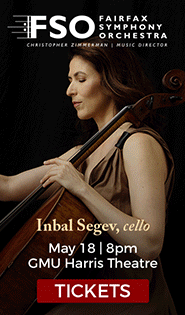
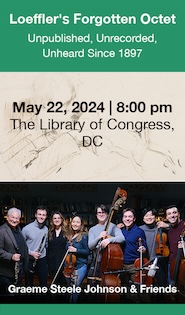
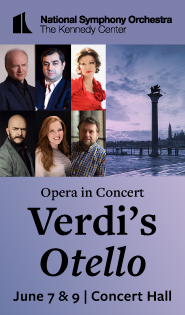
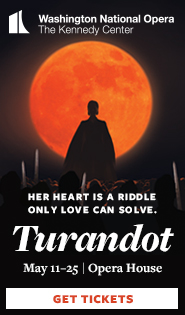
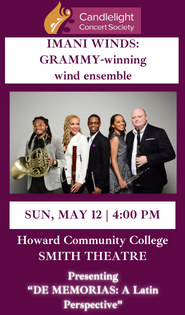
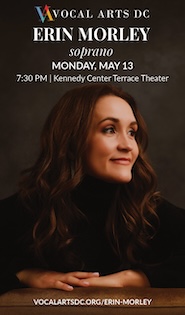

Posted Mar 11, 2023 at 1:13 pm by Robert Goodleett
I attended the concert of OSM at Carnegie Hall 2 nights after the Kennedy Center performance. My reaction to the concert was totally opposite of the reviewer’s. I was on the edge of my seat the entire time and marveled at the variety of colors, dynamics, and energy of the orchestra.
To read Mr. Dowrey’s prose, he seems more impressed with his own vocabulary and use of language and was unable to put in any “serious listening” (which takes work and preparation). His comment that it “was a bit much” just shows that he simply should have gone to a different concert that didn’t demand so much of an engaged listener.
All 3 of these works were played with such care and attention to detail that there was never a moment of boredom. The Carnegie concert was truly outstanding in so many ways as was attested to by George Grellla in this review: https://newyorkclassicalreview.com/2023/03/payare-montreal-symphony-deliver-magnificent-mahler/
Posted Mar 13, 2023 at 3:56 pm by Charles
Always appreciate hearing different reactions to a concert, Robert, because listening to music is subjective. On the edge of your seat, variety of colors, dynamics, and energy – actually it sounds like we heard similar performances (on different days, but still). Just our tastes do not align. Thanks for reading and Vive la différence!